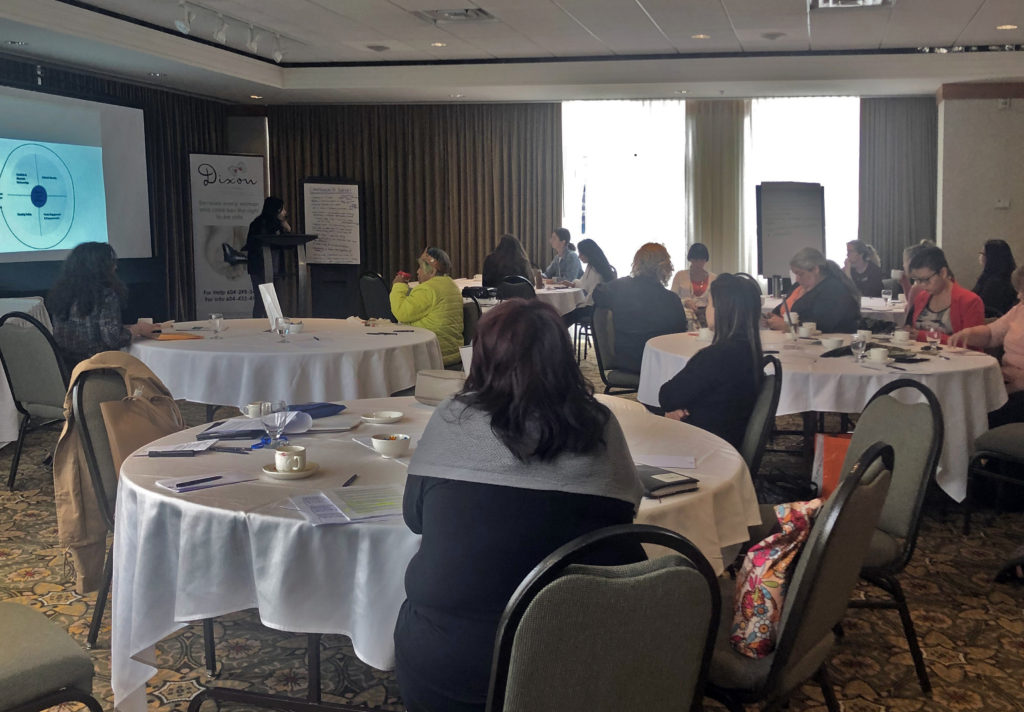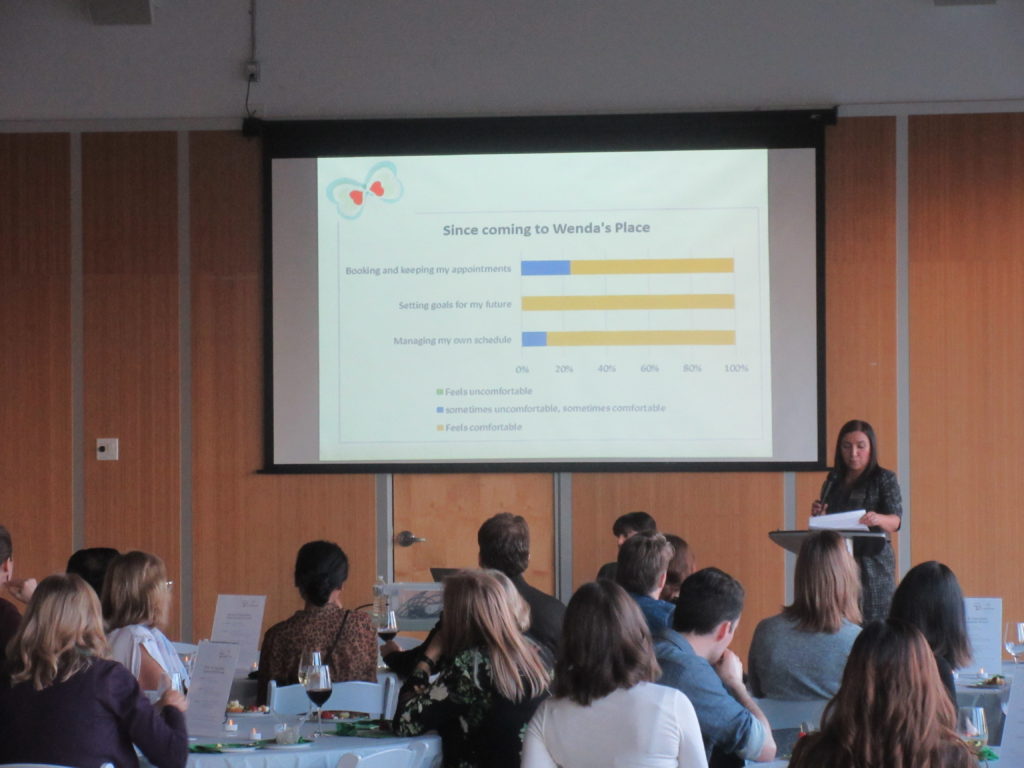Violence against women has long been seen as a private problem. With the growth of feminism and the rise of the #MeToo movement, we’re slowly but surely beginning to realize that keeping domestic violence “behind closed doors” endangers women. Still, the topic isn’t often discussed, and that can lead to some misconceptions. In this blog post, we’re busting five myths about violence against women.
Myth #1: Abuse is always physical
Violence against women presents itself differently in every situation and can take many forms, whether physical, emotional, sexual, or financial.
Physical abuse can include pushing, throwing objects, punching, threatening to hurt you, reckless driving, refusing to help when you’re sick or pregnant, or leaving you in dangerous places.
Emotional abuse can include ignoring your feelings, refusing to share money, preventing you from working, ridiculing, humiliation, threatening to hurt you or your family, or threatening to kidnap your children.
Sexual abuse can include rape, forcing particular unwanted sexual acts, forcing sex after physical abuse, using derogatory language, minimizing the importance of your feelings about sex, telling anti-women jokes, or making demeaning remarks about women.
Financial abuse can include controlling how money is spent, withholding money, or not allowing a woman to work or earn money.
Associating “abuse” with just physical or sexual acts ignores the experiences of women who face many other forms of abuse. It can also make it more difficult for women to recognize other dangerous behaviour in their partners.
Myth #2: Violence against women only affects certain groups of women
Violence against women knows no boundaries and does not discriminate based on socioeconomic status, education, race, culture, and so on.
A survey we conducted in 2018 of women who had participated in Wenda’s Place Second Stage program found that 80% of participants had post-secondary education. More than the majority of the women who stayed at Dixon Transition House last year were Canadian citizens.
Though violence against women affects women of every race, socioeconomic or educational status, and so on, it’s also important to recognize that, due to historical and current discrimination and prejudice, Indigenous women are disproportionately impacted by violence. The rate of self-reported violent victimization among Aboriginal women in 2009 was about 2.5 times higher than the rate for non-Aboriginal women.
At Dixon, we are striving to ensure that Indigenous women feel safe and supported when accessing our services. Thanks to Civil Forfeiture grants, we’ve hired a staff member to build a strong, culturally safe, Indigenous component to our programs. This year, we also hosted a collaborative learning event for transitional housing programs to facilitate discussion about how to best support Indigenous women who access transitional housing services.

Myth #3: Both partners are responsible for the violence
Only the abuser is responsible for his abusive and violent behaviour.
As part of the abuser’s emotional manipulation and coercion, women are often led to believe that their behaviour causes their abuser’s actions. Although abusers may attempt to justify their behaviour with blame or denial, violence is never acceptable and is never the victim’s fault.
Myth #4: I don’t hear much about violence against women, so it must not be common
As we’ve said, domestic violence happens behind closed doors and there are many reasons you don’t hear about it.
Women often do not report to authorities because they do not want the abuser to go to jail, or from fear of retaliation. They may be considering children, pets, or other family members. Women may also be hesitant to share their experience with friends and family due to fear or shame. It’s also important to consider that the moment of leaving a domestic violence situation is often the most dangerous for women because it is when an abuser’s power is most threatened and he has nothing to lose. Femicide often happens at the time of leaving.
The truth is that femicide is overwhelmingly common, to the point of being an epidemic: in Canada, one woman or girl is killed every other day, on average, and about once a week, a woman in is killed by her male partner.
Myth #5: Domestic violence is a personal issue that should be handled by the people in the relationship
Violence against women is a crime and a symptom of a misogynistic culture. The safety and success of women is directly linked to social health, and that makes addressing domestic violence the responsibility of the community.
If you or someone you know requires our services, you can call our 24-hour intake line at our transition house at 604-298-3454. However, if you are in danger, please call 911.
For further resources, you can visit our Resources page.
You can also contribute to a culture that keeps women safe by inviting Dixon Transition Society to come and speak to your team. We speak on topics like:
- the causes and impact of violence against women
- how to support co-workers who may be experiencing violence
- how Dixon makes a difference in the community.

